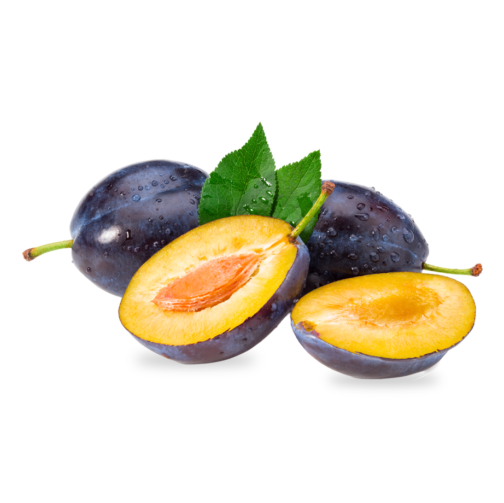
Plum tree
Plum tree (Prunus Domestica L.)
It is a deciduous fruit tree of the Rosaceae family. In Greece it is cultivated mainly in Fthiotida, Evia, Magnesia, Kozani, Florina, Halkidiki and Lesvos. It is cultivated mainly for its fruits, the plums, which are eaten fresh or dried. The plum tree needs a cold period (cold hours) to germinate and bear fruit. It therefore grows best in areas with cold winters but hot, dry summers. Rational nutrition is one of the most effective factors to increase the growth and productivity of these trees. However, rational fertilisation is a combination of a number of factors and interactions. The nutrition programme should aim at optimising inputs, increasing yield, quality, while protecting the environment, soil fertility and the sustainability of the crop. Plum trees are demanding in various nutrients but mainly have high requirements for Nitrogen and Potassium. Nutrient deficiencies have also been observed in elements such as Magnesium, Zinc, Boron, Iron and Manganese. In addition, the use of specific nutrient formulations – biostimulants – maximises the genetic potential of the crop, while ensuring that its resistance to abiotic stress is enhanced. Finally, post-harvest applications are also of interest for the storage of nutrients in the root system.




